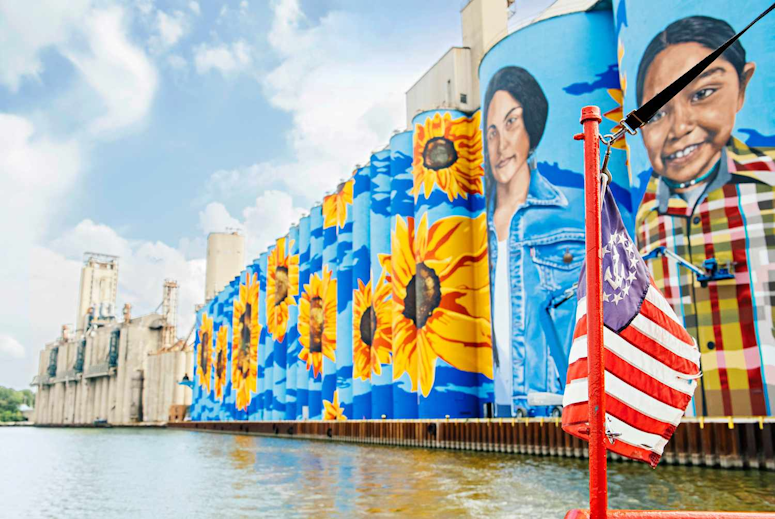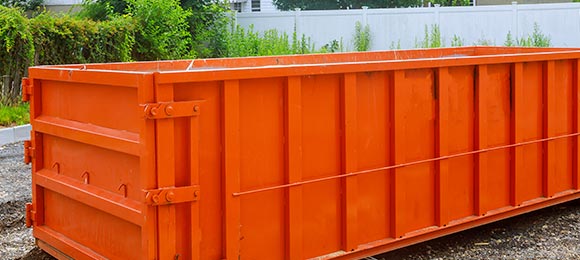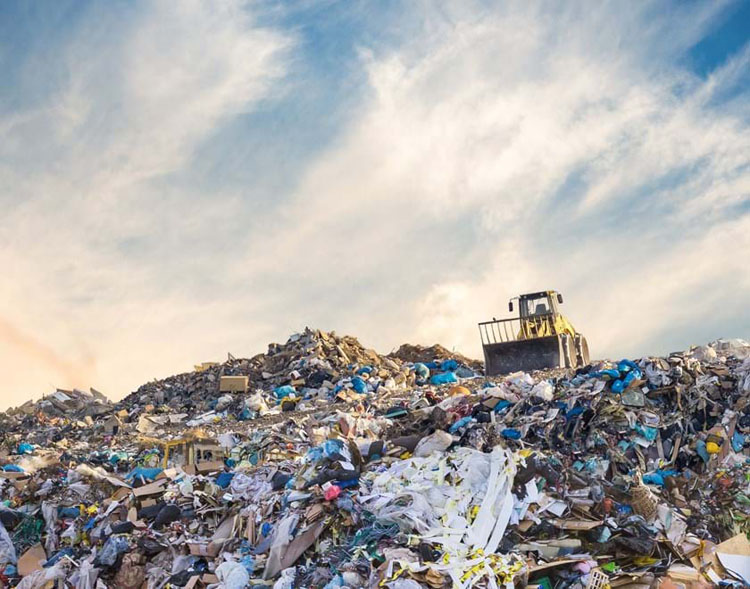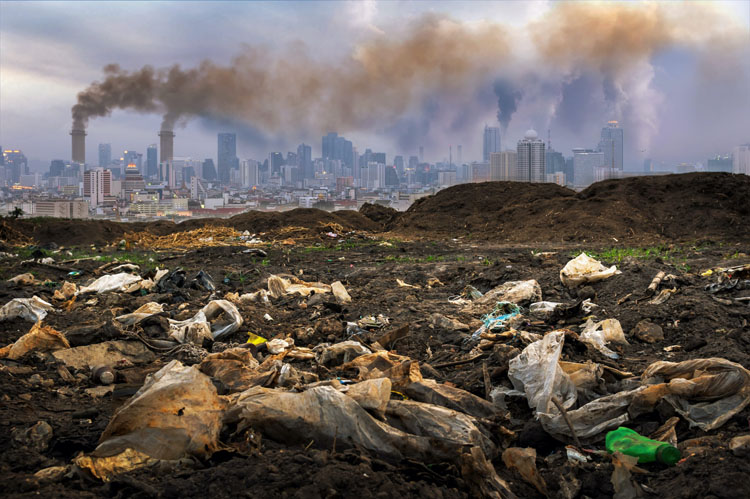
Pittsburgh, Pennsylvania, has transformed from an industrial metropolis to a sustainability leader in just a few short decades, all while sitting at the mouth of three rivers. Once associated with smokestacks and massive industries, the Steel City is today a model of eco-friendly growth and environmental awareness. This change has been accelerated by a shared determination from the public and commercial sectors to promote a more environmentally friendly and sustainable future for the city and its inhabitants.
Urban Design and Green Spaces:
An increased emphasis on parks and other green areas is crucial to Pittsburgh’s sustainability efforts. The city’s efforts to revitalize defunct industrial lands into parks and recreation places are commendable. The expansive Three Rivers Park is a prime example; it links the shoreline to the city’s central business district. In addition to providing a place to relax, this park also stands as an example of the city’s commitment to environmentally responsible urban renewal.
Pittsburgh has also reduced its dependence on cars and increased walkability through the use of creative urban design techniques. In addition to reducing the city’s carbon footprint, the establishment of bike lanes, pedestrian-friendly zones, and efficient public transportation networks has promoted a sense of community and connectivity among inhabitants.

Energy Efficiency Programs:
An increasing focus on renewable energy sources is one way Pittsburgh is demonstrating its dedication to sustainability in the energy sector. To lessen its reliance on conventional fossil fuels, the city has put money into wind and solar power plants. Businesses and organizations in the Pittsburgh 2030 District have banded together to reduce energy consumption and increase the usage of renewable energy sources in commercial buildings.
Moving to renewable energy sources has been a success for the environment and the city’s bottom line. Pittsburgh is hoping to attract investment and create more green technology jobs by establishing itself as a center for sustainable business practices and renewable energy solutions.
Sustainable Design and Eco-Friendly Construction:
An rising number of buildings in Pittsburgh are embracing green construction practices and sustainable design concepts, which is changing the skyline. An increase in LEED (Leadership in Energy and Environmental Design) certified buildings in the city shows a dedication to reducing environmental impact, improving occupant well-being, and maximizing resource efficiency.
One notable example is the Tower at PNC Plaza, which is known for its revolutionary double-skin exterior that reduces energy usage and enhances natural ventilation. These groundbreaking architectural projects not only demonstrate Pittsburgh’s commitment to sustainability, but they also pave the way for similar initiatives in the future.
Recycling and Waste Reduction Initiatives:
Pittsburgh has taken strong measures to reduce waste and increase recycling in response to the problems caused by growing urbanization. The city’s goal is to reduce the amount of trash sent to landfills, thus it promotes recycling programs and encourages businesses and residents to take part.
Responsible waste management practices are promoted through educational initiatives, which heavily include the community. The composting programs that the city has instituted have further lessened the ecological footprint of organic waste while simultaneously improving the quality of the soil in the area, making it more suitable for farming.
Progress in Environmentally Friendly Innovation and Technology:
Promoting innovation and welcoming technology as a force for good are also part of Pittsburgh’s dedication to sustainability. Initiatives in the city have made it a testing ground for green technology, with projects funding studies in sustainable transportation, smart grids, and renewable energy.
The creation of innovative solutions was facilitated by partnerships between commercial enterprises, local research institutions, and educational institutions. In the realm of autonomous vehicle research, for example, Pittsburgh has been a trailblazer, investigating eco-friendly and cost-effective transportation options that have the potential to transform city transportation while reducing pollution.
Promoting and Engaging with the Community:
The community’s active engagement is a key factor in the success of sustainability projects in Pittsburgh. Green policies have been shaped and supported by local citizens, businesses, and advocacy groups. Some examples of grassroots projects that help Pittsburgh achieve its sustainability goals include community gardens, tree-planting campaigns, and neighborhood clean-up initiatives.
In addition, the city has taken a team effort, with private companies, nonprofits, and government departments working together. Sustainability will continue to be a shared value, and different viewpoints will help shape and execute successful initiatives, thanks to this group’s combined efforts.
Obstacles and Possible Solutions:
Pittsburgh has accomplished much in its quest for sustainability, but there are still many obstacles to overcome. Continuous restoration efforts are necessary to heal the environmental wounds caused by industrialization. In addition, the city must tackle the challenges of environmental justice and inclusivity by making sure that all communities share fairly in the advantages of sustainability.
Pittsburgh has lofty plans for the years to come. The city’s goals include increasing its resistance to climate change, decreasing carbon emissions, and expanding green infrastructure. To make sure that Pittsburgh’s sustainability legacy lives on, there are plans to boost environmental education and create more green jobs.
An example of the effectiveness of concerted effort and progressive legislation is the city of Pittsburgh’s transition into a sustainable one. There have been many obstacles on Pittsburgh’s path from green, innovative metropolis to industrial powerhouse, but the city’s dedication to sustainability can help other places figure out how to balance urban expansion, environmental protection, and economic growth.







